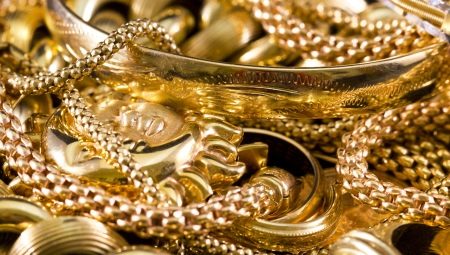Jewelry, dated by the release of the times of the existence of the Soviet Union, were marked 583 breakdown. The modern jewelry industry no longer uses such an alloy for the manufacture of products, but earlier this gold was the most popular commodity on the shelves of Soviet jewelry outlets. There is no global difference between samples 583 and 585, but nevertheless there are certain important nuances.
What it is?
Until the period of 1927, gold products in our country were made according to the standards of 583 samples. Due to its low price gold was readily exported from the USSR by foreign citizens, while the young Soviet republic needed funds for its formation and development. Since tsarist Russia, the quality of gold has been characterized not by breakdown, but by carats. But it was already in 1927 that the decision was made that Soviet gold needed a price increase, and therefore an improvement in the characteristics of its alloy - then the quality assessment was switched over not in carats, but with the help of a sample accepted in all countries of the world.

It was believed that 14-carat gold corresponds to 583 samples. Pure, 100% gold was 24 carats, and its sample was labeled 1000. If you divide 14 carats into 24 carats, and then multiply the result by 1000, then the product will be 583.33. When rounding a number according to mathematical rules, the number 583 appears - this is how the first brand for gold items appeared in the USSR. In order to bring the metric system in line with world standards and to improve the quality of the gold alloy, thereby increasing its cost, the precious alloy began to add 2 tenths of a percent more gold than was done previously - this is how the 585 sample accepted around the world appeared.
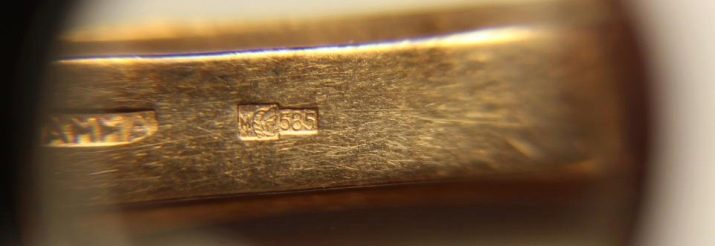
Since 1995, our country has ceased to produce gold jewelry, a sample of which is marked with the number 583. Today, such jewelry values can be found only in pawnshops, as well as in private collections or at antique dealers.
Because of in the composition of the 583 gold alloy of copper was 2 tenths of a percent less than in the alloy 585 samples, products from it were called pure gold - copper gave the alloy of metals a characteristic reddish hue. Previously, the old pre-revolutionary money, called chervonets, was of a similar reddish color - hence the name “red”, that is, like the chervonets, came from.
Alloy 583 samples had other color shades - whitish, greenish or yellow-pink.
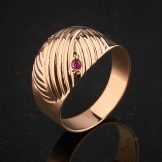
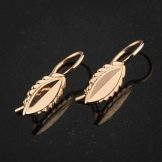
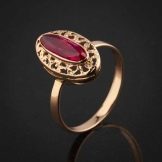
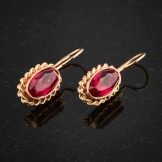
Composition and properties
In the form of a natural mineral, pure gold after smelting showed high ductility, and to strengthen the alloy, a small part of other metals was added to it. Such additives are called ligature. As additives in the gold alloy used copper or silver, it happened that both components could be applicable at the same time.

The composition of the gold alloy 583 samples included the following elements:
- natural gold - 58.3%;
- silver - 8%;
- copper - 33.5%.

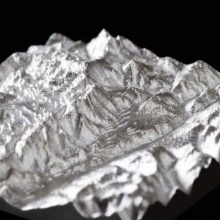
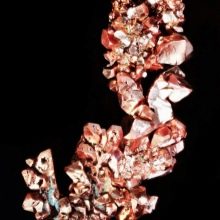
If the ligature contained only copper or only silver, zinc, nickel or palladium could be added to make up the remainder of the composition. Depending on the composition of the ligature, the finished products were obtained with certain color shades at the output. For instance, zinc and palladium gave the finished gold jewelry a whitish steel note, and the high copper content painted the precious alloy in a rich red hue. However, playing with the percentages of impurities in the ligature, the jeweler should invariably comply with the standard proportions of the gold content - they should be at least 58.3% of the total alloy volume.
Only in this case could a 583 mark be marked on a gold jewelry.
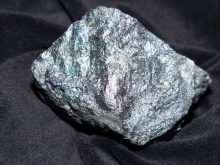
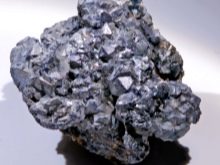
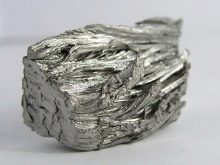
If there was a master alloy from various metal combinations in the drag alloy, then gold changed its color. Knowing this property, jewelry masters created rather interesting color schemes for their precious 583 jewelry. The composition of the ligature could be as follows:
- pure gold - Cu 33.5% + Ag 8.2%;
- pink shade - Cu 32% + Ag 9.7%;
- pink-yellow hue - Cu 22.7% + Ag 19%;
- lemon color - Cu 11.5% + Ag 30.2%;
- pronounced white tint - Cu 3% + Ag 11% + Ni 25% + Zn 2.7%.
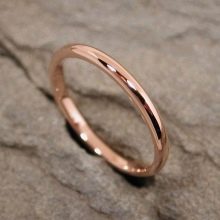
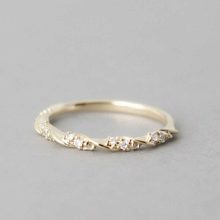
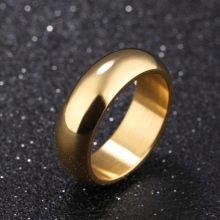
The alloy, which contained in its composition, in addition to copper and silver, also nickel and zinc, was used for finishing works, as well as inserts for the setting of semiprecious and precious stones, because such a composition of the material was distinguished by the highest strength during the work process and wear resistance during operation of the finished product.
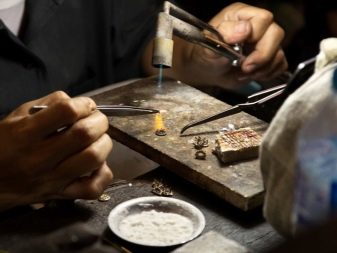
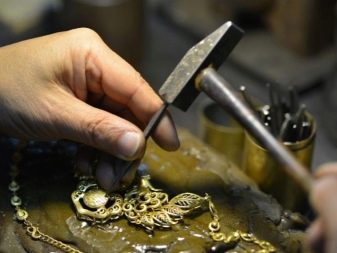
Where is it found?
The marking with the number 583 can be found on jewelry made in the pre-existing Soviet Union. ANDVarious jewelry was made from such gold: rings and rings, earrings, pendants and pendants, chains and bracelets, watch frames, brooches, and so on. For the male half of the population, prestigious items made of gold were a cigarette case, cufflinks, a signet ring, a chain, an Orthodox cross, tooth crowns. The demand for gold jewelry was especially high in the early 90s. Currently, such decorations are no longer in vogue, although many of them still look interesting in terms of artistic performance.
An alloy of gold of 583 samples was in demand at one time because of its strength, good soldering capabilities, resistance to scratches and abrasion.
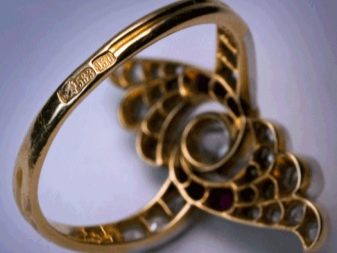

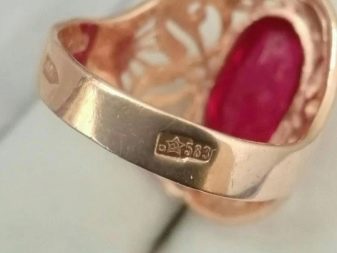
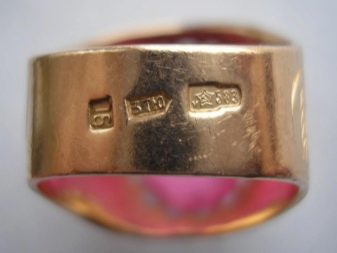
To date sample 583 in comparison with 585 marking is considered low-grade. It is used extremely rarely in the jewelry industry - unless someone brings an old jewelery to a jeweler for re-melting to make it privately a new one according to a certain sketch.But even the jewelry made today from such an alloy looks old-fashioned, despite the modern design, since the proportion of copper gives it a red tint that modern jewelry has not had for a long time.
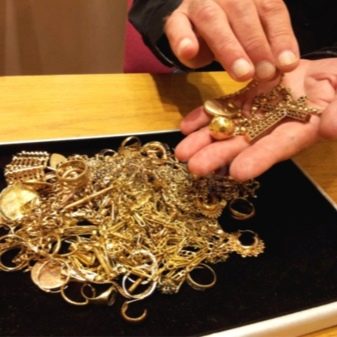
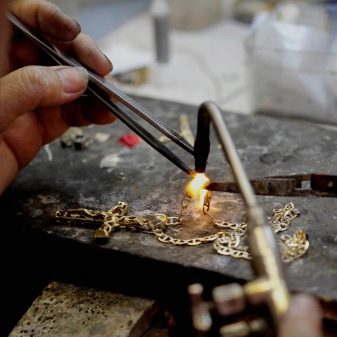
Comparison with 585 breakdown
As for yellow gold, its best test to date is 585. It does not differ significantly from 583 samples. By the level of the content in the 583 precious alloy, the samples of pure Au metal are 0.2% less than in the 585 alloy. It would seem that this is an insignificant trifle, but it nevertheless affected the price - it became higher. Jewelry alloys 583 of the sample are low-grade, and this opinion was also due to the fact that unscrupulous master jewelers often under the guise of gold of 583 samples made the alloy of 580 samples, where the Au content was even lower, assigning part of the precious metal transferred by the customer to himself .
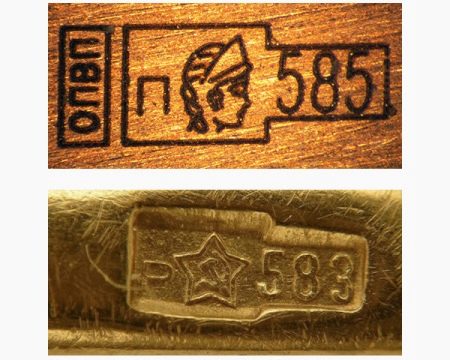
If you look at the appearance of jewelry made from 583 and 585 gold alloy samples, you can visually distinguish where which alloy can be made by a very small number of people, and then - provided that the ligature will contain impurities of the same composition. Thus, it is in the percentage of pure gold that the differences between 583 and 585 samples consist.
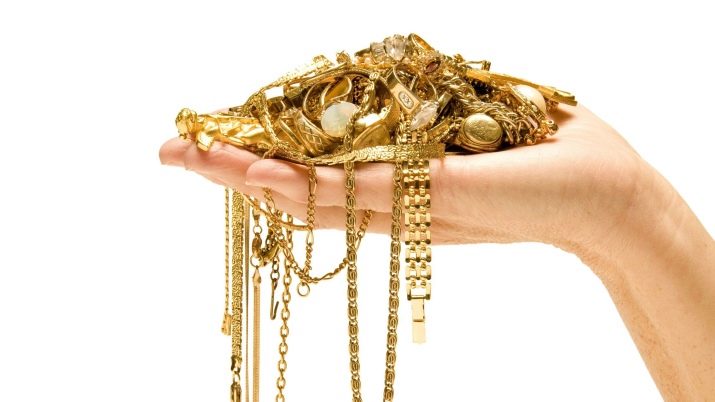
To summarize, we note that as the main distinguishing features of products with 583 breakdown from jewelry made from precious alloy 585 samples, we can distinguish:
- the percentage of pure gold in alloy 583 is 0.2% lower;
- jewelry 583 samples have a pronounced reddish or pink hue;
- the cost of 1 gram of 583 gold is lower than that of 585 gold;
- in modern industry, products from alloys 583 samples are no longer available.
In addition, jewelry produced in the Soviet era from 583 gold was most often made massive and unpretentious, unique models were not common, and they were not available to the mass consumer, most often, they were stamped with the same type of jewelry.
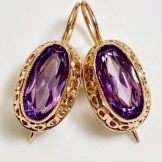
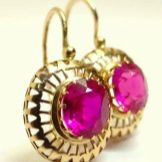


Refinement was possessed by some pre-revolutionary jewels, but now it has become unlikely to acquire them - they are in private collections or are inherited in families as family jewels.
Now modern jewelers do not chase the weight of the product, and pay the greatest attention to the uniqueness of the artistic - this is the only way to win consumer loyalty and sell gold jewelry with a huge share of competition in this area.
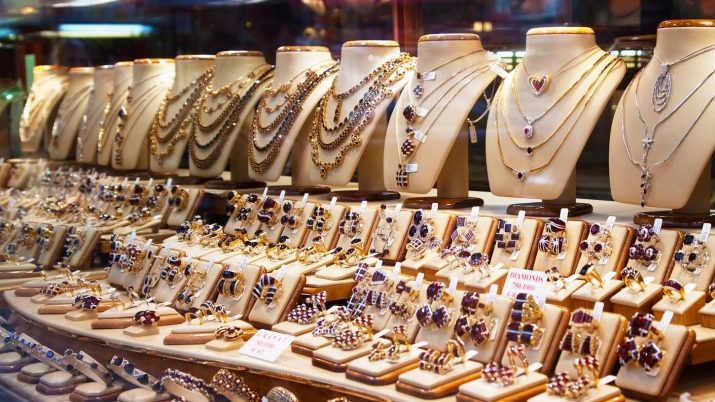
How to care?
Precious alloy products are characterized by increased resistance to mechanical damage and are therefore not capricious in operation and maintenance. However, due to the copper ligature in the ligature, jewels can be oxidized by contact with oxygen and a humid environment, while losing their original luster. For To restore jewelry to its attractive appearance, it is important to follow regular care procedures.
- You need to wash the jewelry in a warm soapy solution without using acid reagents, then rinse it with clean water and polish it with a soft suede napkin or a cotton cloth.
- For more intense polishing of gold, a special green polishing paste called “GOI paste” is used. Before polishing, the jewelry is first cleaned by washing in soapy water and drying, and then a little paste is applied to the product and polished with a piece of soft semi-coarse felt. Final glossing is done with suede, felt or wool napkins. After polishing, the jewelry should be washed again in soapy water, rinsed and dried.
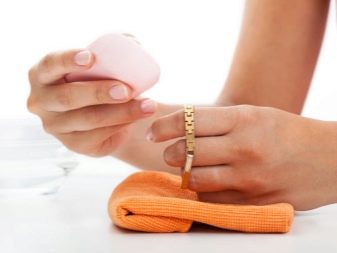
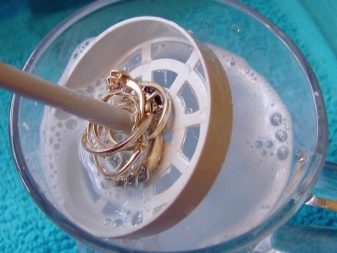
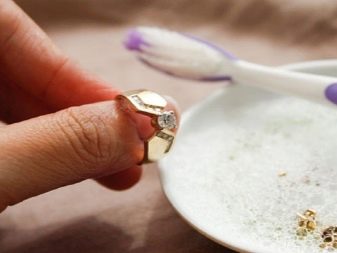
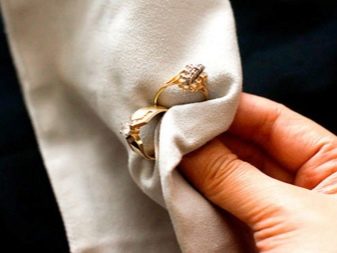
In Soviet times, in order to increase the brilliance of gold jewelry, then fashionistas rinsed their rings and earrings in water with sugar dissolved in it. Such a concentrated solution covered the product with a thin film and covered itself with small scratches, due to which the surface of the product became outwardly smoother and brighter in appearance.
To preserve its shine and beauty to a gold product, it is important to treat it carefully. Do not perform agricultural or domestic work, repairs, or cooking in gold jewelry.
To prevent gold spots from appearing, it is necessary to protect it from contact with acids, alkaline compounds, medical devices and cosmetic preparations - these products may contain an aggressive environment that, coming into contact with gold, will permanently spoil the jewelry.
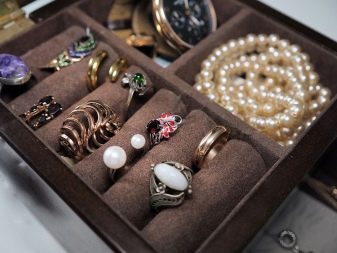
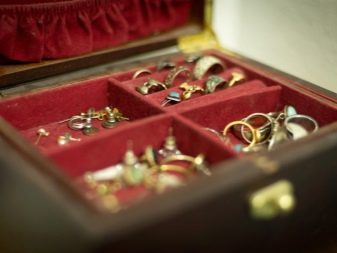
Cost
Due to the fact that the precious gold alloy 583 is no longer in demand, its price is static and prone to sudden changes. The national average gram of gold 583 of the sample is 1000-1100 rubles.
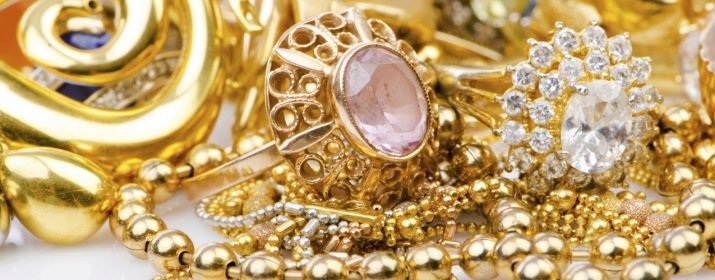
In order to correctly determine the market value of gold, they use data that is open source provided by the Central Bank of Russia. Calculations in determining the price of gold will be simple. For example, we determine the price of gold 583 samples on January 25, 2020:
- according to the Central Bank of the Russian Federation, the sale price of 585 gold is 1,910 rubles. / g;
- we consider the cost for sample alloy 583, while reducing the coefficient of 19.10 / 1000x583 = 1 113.5 rubles. / g
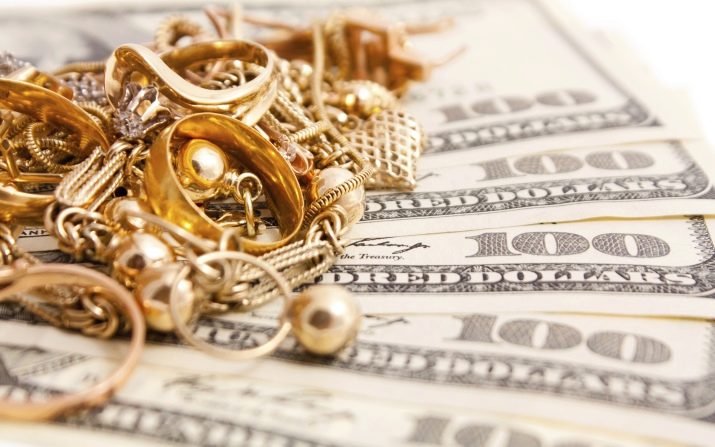
Thus, it turns out that 1 gram of gold of 585 tests costs 1,910 rubles, and 1 gram of gold of 583 samples costs 1 113,5 rubles. The difference is 796.5 rubles. A Now you can calculate how much a gold ring weighing 2.5 grams will cost:
- 1910x2.5 = 4,775 rubles. - the cost of the ring 585 samples;
- 1113.5x2.5 = 2,783.75 rubles. - the cost of the ring 583 samples.
As you can see from the example, the difference is quite significant, almost 2 times, although the percentage of gold in the alloy 585 samples compared to sample 583 increased by only 0.2%.
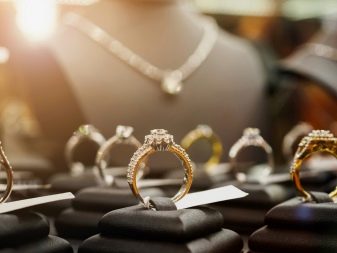

If you wish, you can’t get Soviet 583 gold in a modern jewelry store - it just isn’t there. But products from such a precious alloy can be found in commission purchases or from antique dealers. The cost of 1 gram in a pawnshop when buying gold is slightly lower than the market price - for 583, as well as for 585 samples, it is about the same. If you want to buy your product back, its price will already be an order of magnitude higher.
In antique stores, the price of jewelry depends on the year of its manufacture, weight, appearance and artistic value. The price of antiques is set by its owner. The cost of such products is quite high - it can in no way be lower than the market price of gold.
The video below demonstrates the gold jewelry of 583 samples.
